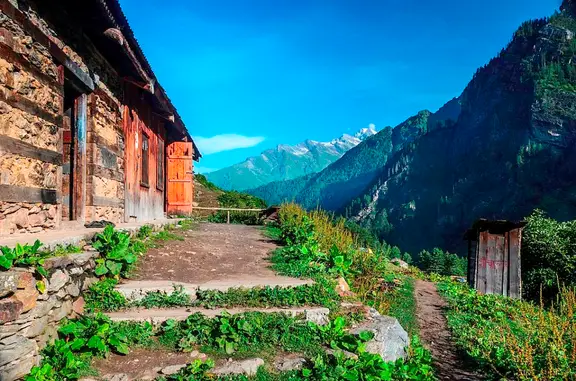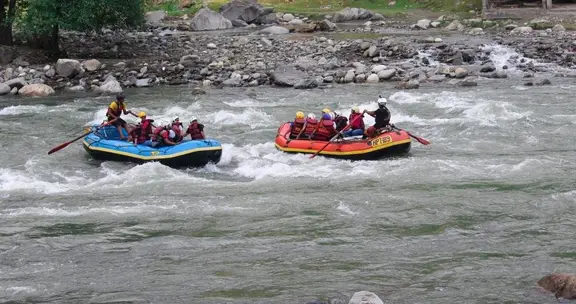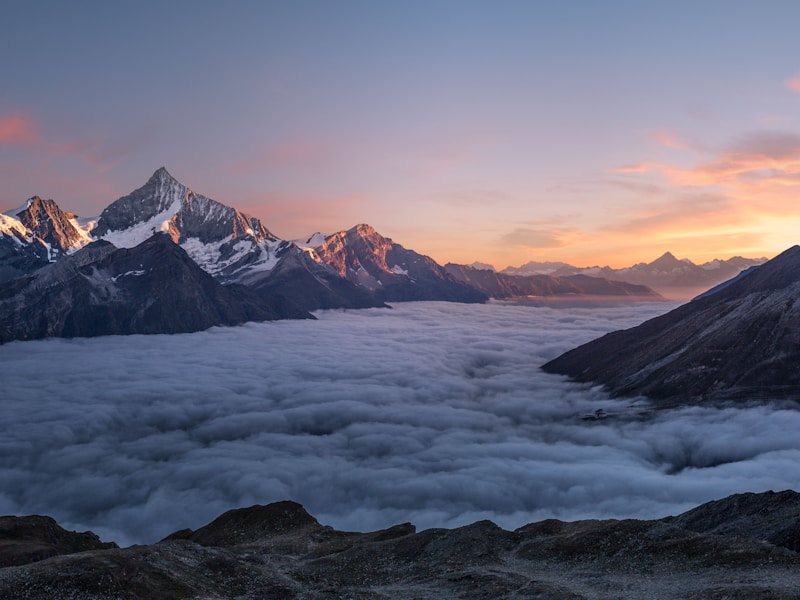Why Sunglasses Are Crucial For Himalayan Trek
sunglasses on himlayan trek
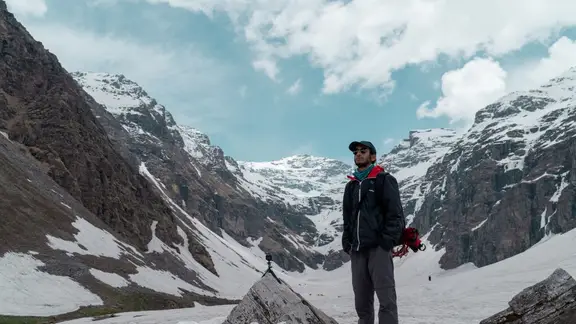
Snow trek, doesn’t the thought itself conjure magical images in your mind? Snowy landscapes encompassed by azure-lit skies and glossy greens are a beauty to behold.
Doesn’t this description want us to embark on a snow rendezvous?
Yes, of course! And, if you have the spirit and zest, there is no stopping you.
But keep in mind, along with your enthusiasm, certain essentials are imperative in making your snow treks a success.
Today, we talk about one such important snow-trek accessory, the sunglasses!

For the uninitiated, the sunglasses may seem to be a trivial accessory (read fashion item) that comes last in a must-have snow-trek list. On the contrary, investing in high-quality sunglasses is always a priority for avid hikers and trekkers. Let’s learn in a step-by-step fashion why the importance of sunglasses cannot be overlooked.
It is a common fact that ultraviolet rays, commonly known as UV rays, are harmful to the eyes. Prolonged exposure to UV rays can lead to serious conditions like Pterygium, Cataract, or skin cancer around the eyelids. Some of these conditions can hinder your vision permanently.
Therefore, you need UV protection sunglasses in high-altitude snow trek because of your enhanced exposure to UV rays.
You may also like : How to wear sunglasses with spectacles while trekking?
But, why does one have enhanced exposure to the sun on a snow trek? Let’s discover-
- Elevation- As you scale higher altitudes, the atmospheric layer becomes thinner. This increases exposure to harmful rays because the capacity to filter these rays becomes less. Therefore, to protect your eyes from prolonged exposure to the sun, you need high-quality sunglasses.
- Snow blindness- Snow blindness is temporary blindness caused by prolonged sun exposure in high-altitude snowy regions. In medical terminology it is called photokeratitis; photo means light and keratitis means inflammation of the cornea. This condition can be caused by the reflection of the sun on snow because glaciers and snow reflect almost 95% of harmful rays. This intensifies your exposure to the sun.

That sounds quite dangerous. Is there a way to protect your eyes?
Of course, there is, and it is no rocket science. A simple way to protect eyes is by investing in high-quality protective eyewear. Any normal sunglasses will not do the trick, but one must look for the following features while choosing sunglasses for the Himalayan trek:
- Material of the lens- UV protective sunglasses have two types of lens material- Polycarbonate or Trivex (NXT). Both these lenses absorb 100% of the rays and are lightweight and thin. However, Trivex lenses have better quality and optical clarity. Both these lenses have a scratch-resistant coating that offers optimum durability.
- Category of the lens- The lenses of hiking sunglasses in India or worldwide are categorized through VLT (Visible Light Transmission). VLT is a measure of the percentage of lens entering through sunglasses. The following 5 categories are based on VLT:
- Category 0: 80 to 100% VLT
- Category 1: 46 to 79% VLT
- Category 2: 18 to 45% VLT
- Category 3: 8 to 17% VLT
- Category 4: 3 to 8% VLT
- Gradient and color of the lens- Yes, color is important too. The color of the lens will determine the hues in which you will view the beautiful Himalayan landscape. Gradient glasses are not recommended for snow and glacier treks because they have gradually varying darkness. The best choice is gray, brown, amber, and red tints in the lenses of your high-altitude sunglasses.
For higher altitudes with more snow, Category 4 is recommended.
- Protective shield- It is best to have maximum protection against the sun while embarking on a snow trek. Look for sunglasses that offer protection even from the sides to get maximum coverage.
- Anti-fog coating- You move through changing temperatures while on a high-altitude snow trek. Fogging happens when there is a change in temperature and this layer of fog on the lenses obstructs vision. Therefore, while choosing your sunglasses, look for the ones that have an anti-fog coating on them.
- Strap- An anchor strap may seem like an avoidable accessory but it is quite an important one. It keeps sunglasses in place and prevents them from falling.
- Temple pads- Wearing sunglasses for a longer period may strain your temples. It is best to have temple pads to minimize pressure on your temples.
- Nose grip- Both the temple-pad length and nose grip facilitate the secure fit of sunglasses on the nose bridge.
Trekkers who have perfect vision can just wear their sunglasses without having to worry too much. But what if you already wear power spectacles? You may wonder, how to wear sunglasses over your power glasses? Here are a few options:
- Sunglasses over your specs- Wearing contact lenses can be a big hassle on a trek. Some trekkers wear sunglasses over their spectacles. It does become a bit uncomfortable over the nose and on temples but it is still a better option than wearing contact lenses or wearing no sunglasses at all.
- Hiking sunglasses with power lenses- This is the most comfortable option for trekkers who wear spectacles. Custom-built sunglasses with polarized lenses that fit the power of the wearer are the most ideal bet. But this option is a bit expensive.
- Clip-on snow sunglasses- Clip-on are additional lenses that you can attach to your power spectacles. They are pretty easy to handle as they attach and come off easily. This option is more budget-friendly than custom-made power sunglasses.
- Fit-over sunglasses- Fit-over sunglasses are made of light shells that fit snugly over the power spectacles. Fit-over sunglasses are like clip-on but instead of just clipping-on a set of lenses on your spectacles, you wear whole sunglasses on top.
However, if you wear power glasses, you should keep in mind the following tips:
- Do not wear contact lenses while on a trek.
- Always use polarized clips over your power spectacles.
- Wear glasses of category 3 or 4 over your power spectacles.
- For frequent trekkers, it is best to get their customized UV glasses.
Now that you know the importance of sunglasses for a Himalayan trek, do not forget to pack them for your snowy excursion. For trekking in the high elevation Himalayan zones, CATEGORY 3 AND 4 IS ONLY RECOMMENDED. Also, remember that polarized sunglasses are the best as they cut off the glare reflected from snow, ice, water bodies, rocks, and even flat surfaces.
Similar Blogs
Related Treks & Activities
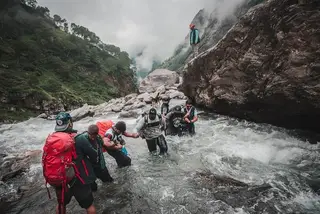
Hampta Pass Trek
Hampta Pass Trek 2025 - Chandratal Lake Trek | Moxtain
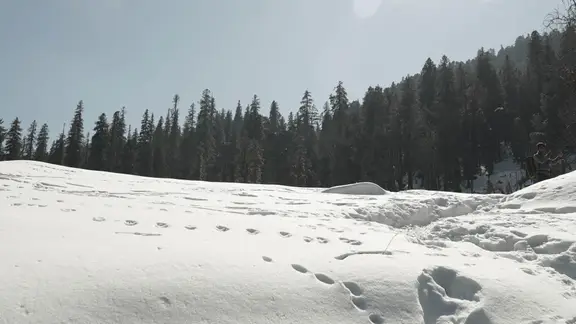
Dayara Bugyal Trek
Dayara Bugyal Trek 2025 - 6 Days Trek | Moxtain
